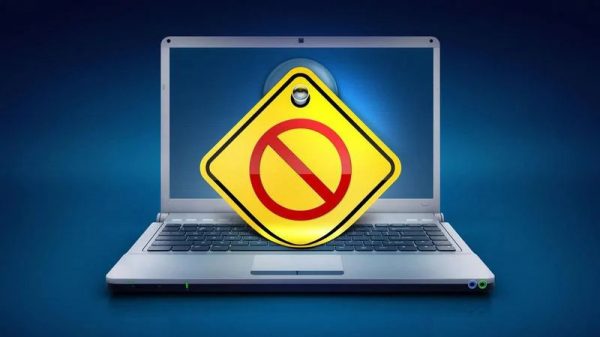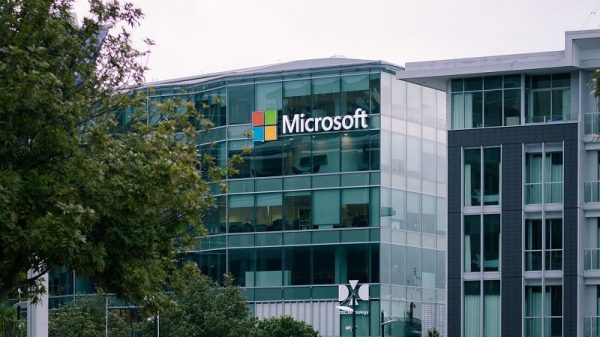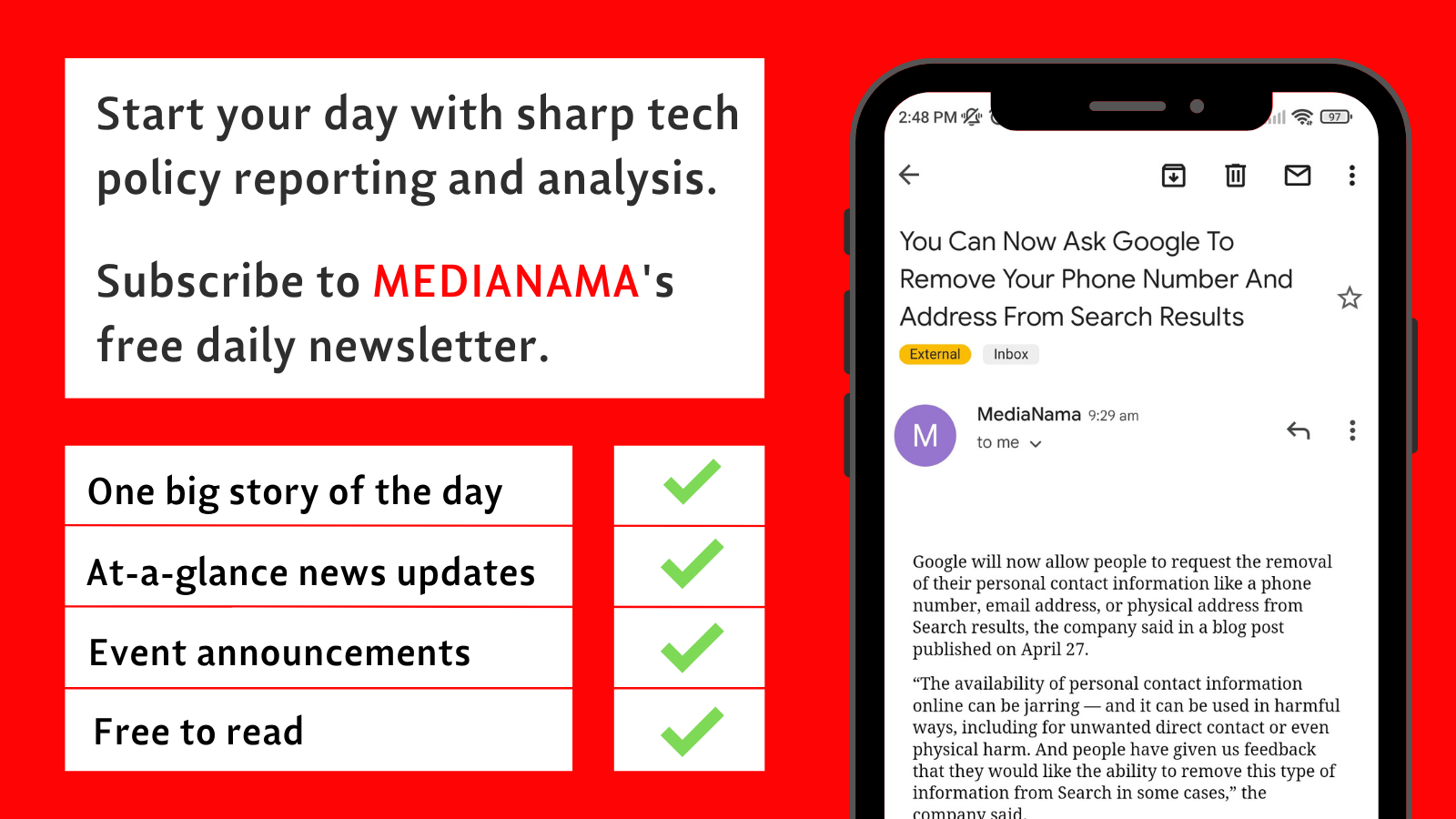Remember ONDC, the “e-commerce disruptor” that was all over the news in September and October of last year? News around it might have died down, but the project is still alive and well, although not moving at the pace some expected it to.
Recap –
- What is ONDC: The Open Network for Digital Commerce (ONDC) is an initiative to build a UPI-like architecture for the e-commerce industry. It is being run as a section 8 non-profit company in which multiple entities have stakes, especially banks. The project was announced in 2020 but it picked up pace only in 2022.
- Why ONDC: Currently, e-commerce in the country is dominated by a handful of players, specifically Amazon and Flipkart. The government and pro-ONDC folks believe that ONDC can break this stranglehold by reducing barriers to entry and breaking down network effects enjoyed by the incumbents. For more on what competition concerns exist in e-commerce and whether ONDC can (or cannot) address them, read our deep dive on this subject. Additionally, ONDC is expected to accelerate the digitisation of commerce in India, which is still largely offline.
- How will it work: As part of ONDC, there will be multiple buyer apps and seller apps. Buyer apps are for consumers to browse and find products and sellers apps are for sellers (Kirana stores, supermarkets, online retailer, brands, etc) to list their products. The uniqueness of ONDC is that the buyer app will show products from all seller apps and sellers registered on a single seller app will be discoverable to all buyer apps. For example, if you run a Kirana store listed on the GoFrugal seller app, your products will be visible to consumers using any buyer app like Paytm or Phonepe. For more on the architecture and how it will work, read our ONDC explainer.
STAY ON TOP OF TECH POLICY: Our daily newsletter with top stories from MediaNama and around the world, delivered to your inbox before 9 AM. Click here to sign up today!
What’s the current status of ONDC?
Number of cities active: According to the ONDC website, the network is active in 85 cities, with 83 cities in the alpha phase and 2 cities (Bangalore and Meerut) in the beta phase. When we last reported on ONDC in November, the number was the same, except that Bangalore was the only city in the beta phase. This suggests that, at least in the number of cities, there hasn’t been much progress made in the last few months. If you compare it to August 2022, however, ONDC has expanded to over 60 new cities.
- What’s the difference between cities in alpha phase and beta phase: “The difference between the beta testing and alpha testing is that more focus and more marketing efforts are focused on that city in beta testing. Other than that, the network is open to all the cities. It is only that when we do beta testing, then we go more aggressively,” Rajiv Aggarwal explained to us. “As a technology, nothing new is done, the only difference is whether it is announced to the public or consumers in the market. For Meerut and Bengaluru, the news is there in the press, there are advertisements, promotions running to buyers, etc,” Nandhakumar added.
Number of sellers onboarded: There is no official statistic for this, but all the people we spoke to indicated that ONDC has onboarded over 5000 sellers pan-India. While we don’t have a previous number to compare with, we did learn that ONDC was lagging behind. “That target was two months back, but finally, the number of sellers is there right now,” one seller app told MediaNama.
Number of participants: According to the ONDC website, there are 26 network participants who have gone live. Network participants include buyer apps, seller apps, and logistics providers. There appears to not have been much progress on this front either as ONDC had expected over 30 participants to go live back in September 2022.
- Buyer apps (8): Craftsvilla, IDFC, Kotak, Meesho, Mystore, Paytm, Phonepe, Spicemoney
- Seller apps (13): Bizom, Digiit, EkSecond, Enstore, eSamudaay, eVitalrx, GoFrugal, Growth Falcons, ITC Store, nStore, Seller App, uEngage, UShop
- Logistics (5): Delhivery, Dunzo, Grab, LoadShare, Shiprocket
In addition to the above, there are over 100 entities that have initiated integration to ONDC and at least 15 who are in an advanced stage of integration, the ONDC website states.
Notably, not all apps are online in all cities and not all users can access an app even if it’s live in a particular city. For example, Phonepe is only allowing selected users in Bangalore to try out ONDC on its app. For more details on which cities are each of these apps available in, check out this page.
Number of daily orders: This is the statistic we found the hardest to get. Back in November 2022, it was reported that ONDC was doing 50-60 orders a day in Bangalore. But from our conversation with some of the seller apps, this number has not substantially increased. While none of them wanted to share an exact number, one of them mentioned that it is still in double digits for cumulative daily orders across India. This is a far cry from the number of orders platforms like Amazon and Flipkart see each day. “I think it is still very early, I think the numbers are not up to the mark,” one seller app commented. In January, it was reported that ONDC clocked 4,000 successful transactions in total since its launch, which is, again, a very low number compared to what other e-commerce platforms do daily.
What are some major roadblocks?
1. Teething troubles: “In any of these initiatives, there will always be early mover folks who come in. You will start building some momentum and then some reality will kick in, where you see technical integration problems, or you see some issues with the seller itself like the seller is not packaging product properly, or whatever it is,” Dilip Vamanan, Co-Founder of Seller App, pointed out. “As you already know, the zero to one and one to ten journey is totally different,” he added.
“Nothing that is very unexpected. These are the initial teething issues that are part of any new initiative. Even UPI took like one and a half years to move forward, but once it started, then there was no stopping. ONDC might take a little more than that because ONDC has more moving parts and components than UPI. But it is getting there fast given the trends in the last few weeks,” Rajiv Aggarwal, Co-Founder and CEO of MyStore commented.
2. Unable to build critical mass in any particular city: “Initially there were like four to five seller apps overall and they wanted to build a critical mass in each city. Started with just five cities like Bangalore, Delhi, Bhopal, Indore and Coimbatore. And they wanted a good amount of concentration in terms of the sellers. […] But what we have seen is that the penetration in a particular city, like a good amount of penetration, that hasn’t happened. There is some penetration, but it is essentially split across all the states and all the cities across the country,” Vamanan explained. “Some people are waiting for it to gain critical mass before they join the network. Some people are waiting to see how this will relate and connect to their existing line of businesses,” Rajiv Aggarwal added.
“Adoption is a major roadblock. Consumers’ awareness to buy through this channel is pretty much the same as before. But it is a matter of common goal that we have set for the next two to three months that the focus will be on improving the transaction volume,” Nandhakumar V, Marketing Manger at GoFrugal opined.
3. Not clear if the focus should be undigitized kirana stores or digitized D2C brands: “We are not clear on whether the motivation is to essentially only solve the local problem or whether it is to solve the pan India problem. I think there is still some kind of confusion there,” Vamanan said. “We are a data analytics company primarily working with digitised sellers. So we are very comfortable working with that category of sellers, not the undigitized category. We have started moving into D2C. So at the moment, there are more than seven to eight SharkTank brands we have onboarded to ONDC. We also work closely with Shiprocket. Both Shiprocket and Ekart are live right now on ONDC. That means pan-India deliveries are possible. We are not focused on the kirana stores because reality kicked in and we realized that there are a huge amount of problems to be solved to make them successful,” Vamanan elaborated.
“But that was not the initial thesis of ONDC. The initial thesis was obviously to help the local Kirana store or the undigitized seller. But the other digitized categories that serve pan-India are also becoming a use case now. It is a much easier use case to solve right now,” Vamanan opined.
4. Issues with onboarding Kirana stores: “I think all across India ONDC projects around 1.2 crore Kirana stores. Out of that like maybe around five to ten lakhs of them are making significant business that is the target audience of ONDC,” Vamanan briefed us. When asked why it’s hard to onboard these kirana (small scale grocery) stores, Vamanan gave the following reasons:
- “This is the first time they’re entering into the digital journey.”
- “Access to the real-time inventory. That is a huge challenge.”
- “If they have a customer in front of them in the shop versus a customer whereas an order which came online they always prioritize a customer in front of them. […] Let’s say you get an order. And you have a customer in front of you. So you need to prioritize one of these tasks, right? Ideally, you want to get the order to the customer within the next 1 or 2 hours. But you forgot that and you moved into something else. Now what happens is the order acceptance rate is becoming delayed. It will finally affect the rating of the seller. All these things are interconnected somehow. “
“So these are all huge challenges and for which the behavioural change hasn’t happened for the retailer,” Vamanan remarked. “I think the efficiency has not been built up. Overall I think we are still in the early stage there,” he added.
5. Not happening at the desired pace: “In Bangalore, we are doing a lot of initiatives. We have created a separate onboarding team who’s going and visiting all the Kirana stores and seeing who all can be onboarded, who are the interested parties and other things,” Vamanan informed. “But it’s not happening at the pace which we ideally want,” he added.
6. Not much progress on dispute resolution system: One of the main concerns we highlighted with ONDC is how will disputes be resolved and who will take liability for faulty products, refunds, etc. While e-commerce platforms like Amazon and Flipkart handle all of these, with ONDC there are multiple parties involved. Back in September 2022, ONDC indicated that there will be an online dispute resolution (ODR) system set up to address complaints from both sellers and buyers that have not been satisfactorily resolved at the earlier stages. This ODR system will be handled by third-party providers, ONDC indicated. It, however, appears that the ODR system and its framework are still being worked out and are yet to be implemented.
“I think we haven’t made progress on that as our focus has been on moving from this product N minus one to N,” Vamanan said. “Conflict resolution right now is mostly happening through a handshake mechanism, which is implemented within the network providers. People can complain on the buyer app and that automatically comes as a request to the sellers. So those things are already implemented. But again, who will take ownership of it? That is still not defined yet,” Vamanan elaborated. “Everybody is working on implementing that API, so that will be in place. The timeline is somewhere by next month it should be in place,” Rajiv Aggarwal added.
What’s next for ONDC?
1. Shifting the focus to demand rather than supply: “I won’t say any city is doing particularly well, honestly. Because the demand is not something which has been focused on so far. Only the supply is what we have been focusing on. Now we are focused on how do you build up the demand,” Vamanan said. “The focus is now on increasing the transaction volume. So that’s the common goal. The existing seller, we’re asking him to promote it and share it with his friends to keep this ordering flow happening,” Nandhakumar elaborated. From our conversations with the seller apps, it appears that rather than increasing the number of cities or the number of new players, they would like those already onboarded to increase the number of transactions.
2. Incentive program for sellers: “There are also a lot of incentive programs being introduced for sellers if they sort of make more transactions in a day,” Nandhakumar shared. You can find more details of the financial incentive program from Bangalore here, but it essentially involves paying seller and buyer apps, as well as sellers, when they reach certain thresholds.
3. Increase daily order numbers: “So the numbers which we are projecting internally is by end of March, we would like to get 10,000 orders per day. Something like Zepto is doing around two lakh orders per day,” Vamanan shared.
4. Buyer app experiences are set to improve: “So for Paytm, the new application is getting launched on 26th [January]. The MyStore buyer app is looking reasonably good and the experience is good. Then there are talks with all these other brands like Google Pay and PhonePe. PhonePe already has launched it for the inner circle. So once these apps all go live, then it would be good,” Vamanan opined. “One of the significant improvements in the last few months is that a lot of buyer apps and seller platforms have been added, specifically buyer apps,” Nandhakumar added.
5. Need to cultivate the attitude of scale in the mindset of kirana store owners: “What I’ve seen is Kiran store people who have the attitude of scale in their mind they are bound to do well in ONDC. Because they also understand that we are restricted geographically with our retail persons and now with online, I can essentially go pan India, pan-city, whatever it is. So anybody who has that scale in the mind will succeed on ONDC. So that percentage is probably like 5% or 7% of the overall number of sellers,” Vamanan remarked.
6. We can expect a good amount of sellers to come in because of the various partnerships: “We have MoUs with NABARD, SIDBI, InvestIndia and ODOP. And all these are government organizations which are technically helping a lot of MSMEs. So we do see a good amount of sellers entering into this. But finally, the demand also has to pick up to essentially substantiate that,” Vamanan said.
This post is released under a CC-BY-SA 4.0 license. Please feel free to republish on your site, with attribution and a link. Adaptation and rewriting, though allowed, should be true to the original.
Also Read
- ONDC To Go Live In Delhi And Mumbai This Month, Two Months After Beta Testing In Bangalore
- Summary: ONDC Seeks Feedback On Trust-Building Measures In Latest Consultation Paper
- ONDC Explained: How Commissions, Search Rankings, Grievance Redressal, And Ratings Will Work
- Deep Dive: Will ONDC Actually Address Competition Concerns In E-Commerce?
- Explained: What Is The Open Network For Digital Commerce (ONDC) And How Will It Work?






























